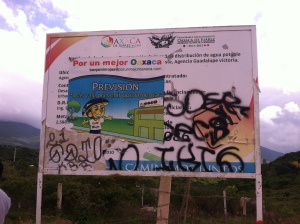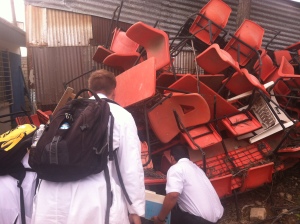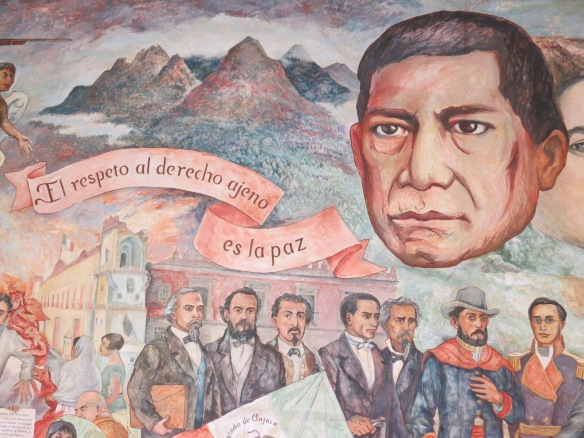Hello! My name is Fanny Du, and I graduated from the University of California, Berkeley in 2012 with a B.A. in Integrative Biology. I have been taking time off from school to apply to medical school, work, and travel. I am very excited to start my medical education at the University of Michigan Medical School this August!
During college, I explored a variety of healthcare-related experiences, including interning at RotaCare Free Clinic in San Leandro, California. Working alongside compassionate doctors to help struggling families access healthcare showed me the value of the free clinic as a community safety net. Although I was able to help many low-income and immigrant families access much needed healthcare resources, I realized very early on that fluency in Spanish would allow me to better serve the many Spanish-speaking families that came to us. Having taken only a year of college-level Spanish, what I really needed was a Spanish immersion to help me drastically improve my language skills and do more for the diverse population in the San Francisco Bay Area.
It was during an AMSA conference at the University of California, Davis that I heard about Child Family Health International (CFHI). I was ecstatic to learn about the Intensive Beginner Spanish and Healthcare Program in Oaxaca, Mexico—this was exactly the language program and immersion that I had been looking for. With plenty of language instruction, the home stay with a Mexican host family, and immersion into local nonprofits and clinics, I was confident that the experience would significantly boost my Spanish proficiency while bettering my understanding of Hispanic culture. I feel very fortunate to have been awarded the scholarship and am appreciative of CFHI’s support of my endeavors.

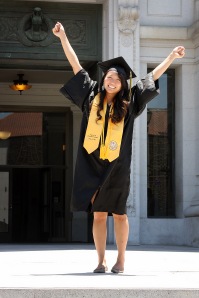

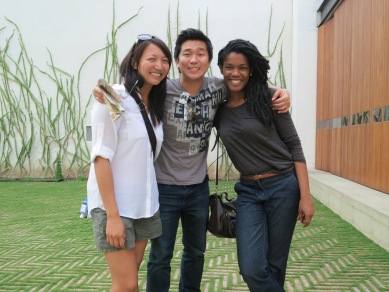
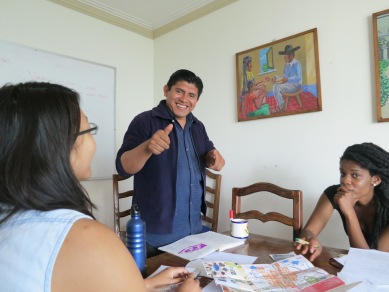 After classes, we volunteered at Centro de Esperanza Infantil, an organization that helps poor families keep their children in schools. There, we tutored students of all ages in a variety of subjects, helped students translate their letters to their sponsors, and sometimes just played or chatted with them. Our last day volunteering at Centro de Esperanza infantil was a sad one. Throughout the first two weeks of the program, I had tutored Itand, a bright high schooler, in chemistry and some English. The other students and I had gotten to know her during our time there, so leaving a new friend was tough. Even so, making a local friend had made me feel more at home in Mexico, and we are all still in touch with Itand through Facebook.
After classes, we volunteered at Centro de Esperanza Infantil, an organization that helps poor families keep their children in schools. There, we tutored students of all ages in a variety of subjects, helped students translate their letters to their sponsors, and sometimes just played or chatted with them. Our last day volunteering at Centro de Esperanza infantil was a sad one. Throughout the first two weeks of the program, I had tutored Itand, a bright high schooler, in chemistry and some English. The other students and I had gotten to know her during our time there, so leaving a new friend was tough. Even so, making a local friend had made me feel more at home in Mexico, and we are all still in touch with Itand through Facebook.
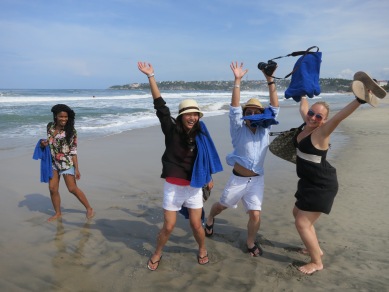

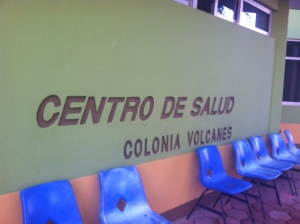
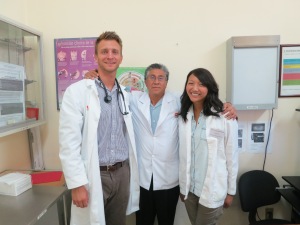
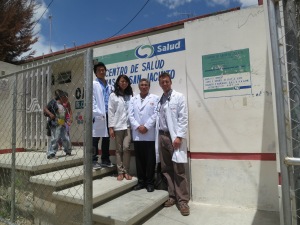 He explained aspects of the public health system and introduced us to the public health worker. The public health worker welcomed us in joining him to survey the community. During one of the days, we went with him to a local school and inspected areas that served as mosquito breeding sites. Anything that collected water was a threat. I saw some larvae swimming in little pools of water collected on an old tire, wheelbarrow, and seats holding rain water. As mosquitos are vectors for infectious diseases, we emptied out these pools of water, and the public health worker informed the school director of all the public health concerns at the school.
He explained aspects of the public health system and introduced us to the public health worker. The public health worker welcomed us in joining him to survey the community. During one of the days, we went with him to a local school and inspected areas that served as mosquito breeding sites. Anything that collected water was a threat. I saw some larvae swimming in little pools of water collected on an old tire, wheelbarrow, and seats holding rain water. As mosquitos are vectors for infectious diseases, we emptied out these pools of water, and the public health worker informed the school director of all the public health concerns at the school.